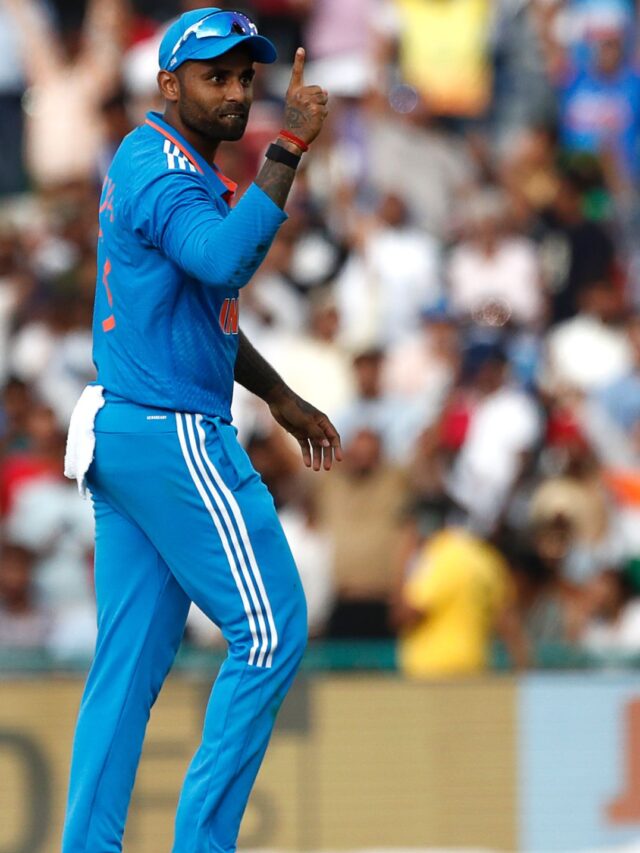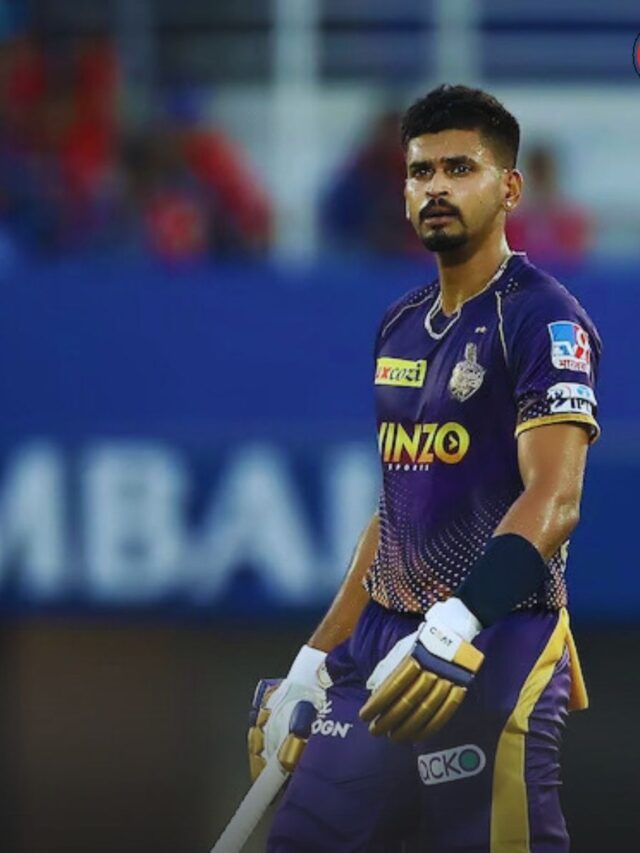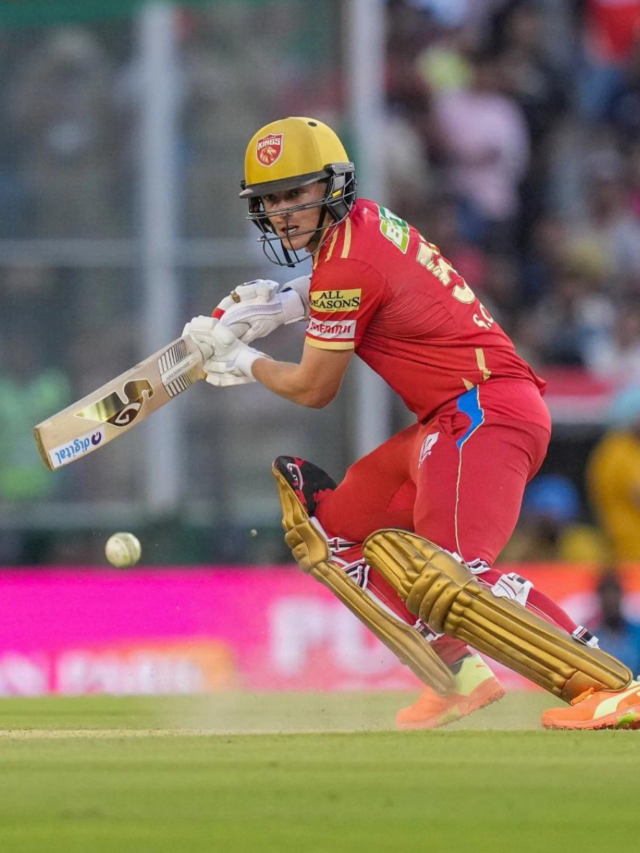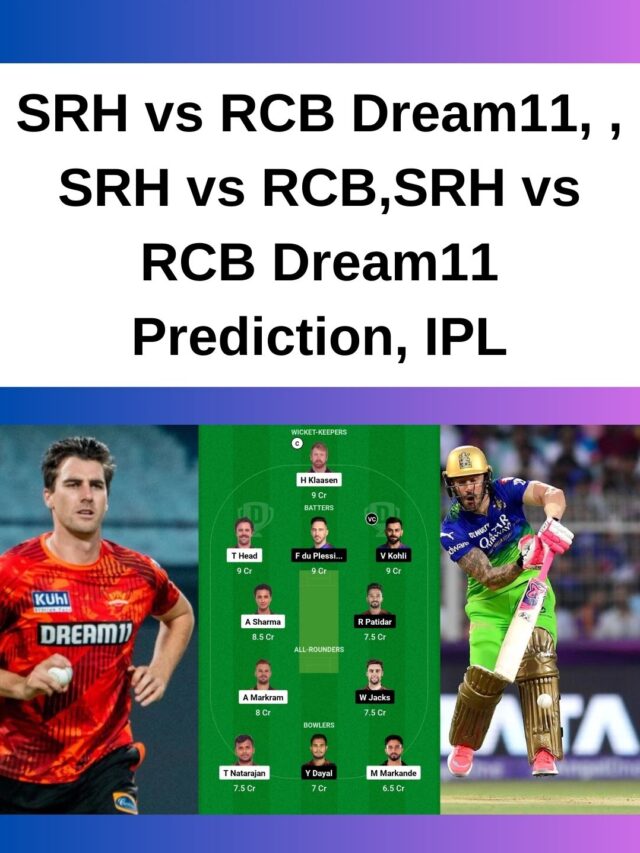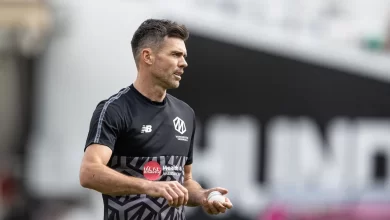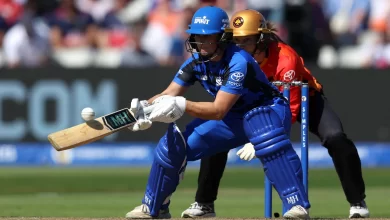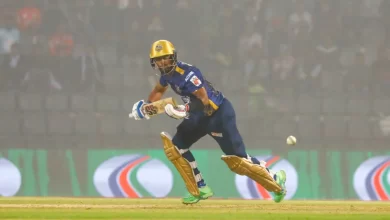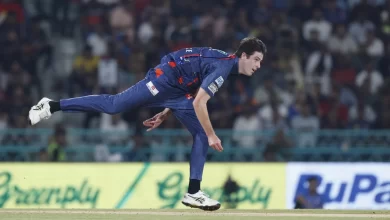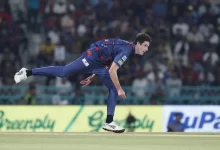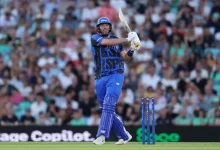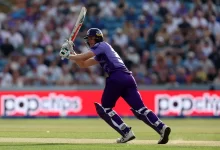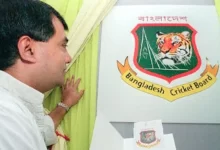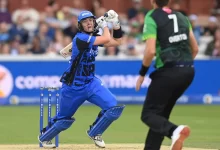BCCI NewsBCCI AnnouncementsCricket NewsCricket Policy ChangesIndian Cricket NewsIndian Cricket Updates
BCCI Revises Age Verification Rules: Players to Get Second Chance with Repeat Bone Test
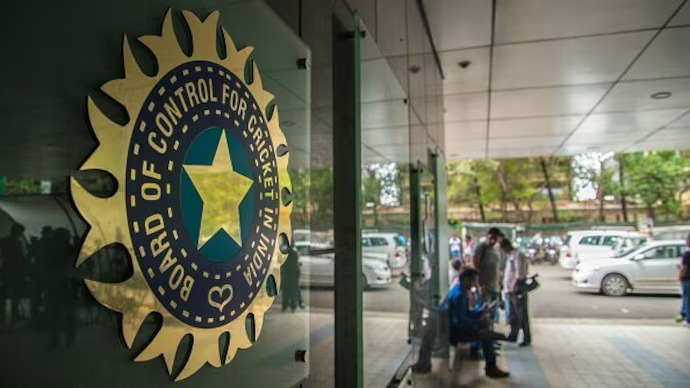
Move Aims to Curb Age Fraud in Indian Junior Cricket
The Board of Control for Cricket in India (BCCI) has introduced a significant update to its Age Verification Programme (AVP), giving young cricketers a second chance to qualify for age-group competitions if they fail the initial bone test. This decision, taken at the BCCI’s recent Apex Council meeting, marks a progressive shift in how age eligibility is handled in junior cricket, addressing concerns about the accuracy of bone age testing.
What Has Changed in the Age Verification Policy?
Second Bone Test Introduced to Prevent False Disqualification
Previously, a single bone test—done using X-ray technology—determined the eligibility of players. The result of this test was adjusted by adding one year, a figure known as the mathematical age, which was then considered the player’s official age for tournament qualification. For example, a bone age of 14.8 years would be considered 15.8 by BCCI standards, making the player eligible for the Under-16 category for boys.
Under the revised AVP, players who exceed the age limit in the first bone test can now undergo a second (repeat) test, provided their official birth certificate still shows them under the cut-off age — 16 for boys and 15 for girls. If the second bone test results come under the age threshold, the player will be allowed to continue in that age group.
This update acknowledges the scientific limitations and occasional inaccuracies associated with bone testing, which has been a long-standing concern among stakeholders in Indian cricket.
🔗 Also Read: BCCI’s roadmap for grassroots cricket development in India
Testing Procedures and Implementation Guidelines
The bone age tests are conducted before the start of each domestic season, typically during July and August. The BCCI assigns testing windows to state associations and sends representatives to affiliated hospitals where the tests are carried out.
-
On average, each state sees 40–50 boys and 20–25 girls appear for testing.
-
The process is monitored by a BCCI official, who verifies each candidate’s identity using a valid Aadhaar card with a recent photograph.
This is in response to recent attempts at impersonation, where players’ families reportedly sent younger siblings to take the test. Such manipulations have since been clamped down upon with stricter verification procedures.
Gender Inclusion and Equal Testing Protocols
The AVP applies to both boys and girls:
-
Boys aged 14–16
-
Girls aged 12–15
Both genders are now entitled to a repeat bone test if they are disqualified initially but remain eligible by birth date documentation.
Scientific Concerns and the Need for Accuracy
Recognizing the Margin of Error in Bone Age Testing
The BCCI’s decision to introduce a repeat test shows an evolving understanding of the scientific imperfections associated with age verification via bone scans. While X-rays provide a close estimate, physiological factors and genetics can cause inaccurate readings, especially among growing adolescents.
By allowing a second attempt, the BCCI aims to strike a balance between ensuring fair play and not penalizing genuine players due to marginal testing errors.
With the revised Age Verification Programme, the BCCI has taken a step forward in balancing accuracy and fairness in junior cricket. By acknowledging the potential errors in bone testing and permitting a second evaluation, the board aims to protect young talent from unjust disqualification while continuing its fight against age fraud. The decision underscores the BCCI’s intent to maintain the integrity of domestic age-group competitions, which serve as the foundation for India’s cricketing future.


